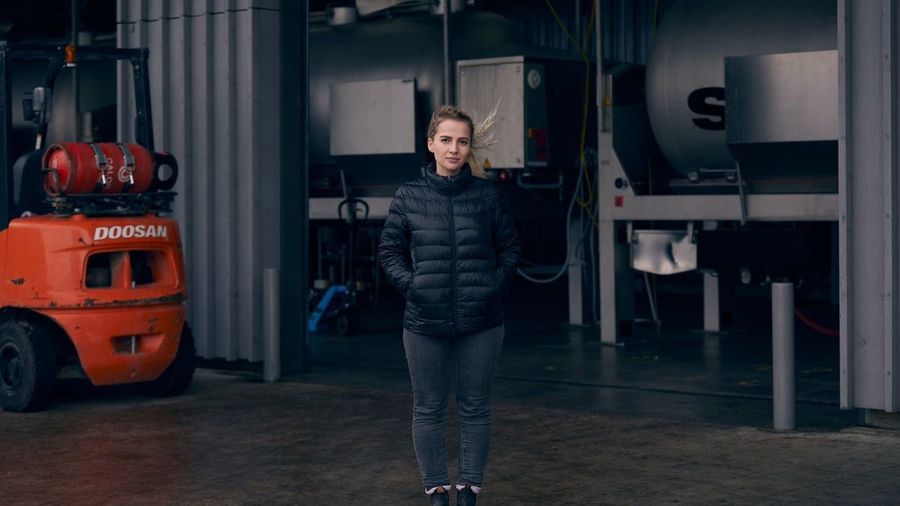How did English wine begin?
When in Kent... do as the Romans did. No invading army likes leaving its home comforts behind and, for the Romans, wine led the list. English viticulture in those early centuries AD reflected the social models being established, with winegrowing typically the domain of monasteries rather than crop-farmers.
In 1086, with the country basking in an age of warm weather, the Domesday Book recorded over 40 vineyards in England, all below a line from Ely to Gloucestershire. Over the next 450 years, another 100 vineyards appeared, before Henry VIII started reassessing the role of monasteries in everyone's life. A fallow period followed.
The combination of rapid social change and consecutive centuries of wetter weather putting a damper on the fields – plus rich imported wines still being landed at English ports; a trade begun in 1340 on England's linkage with Bordeaux – meant the lack of homegrown wine in the Middle Ages lasted a very long while. Another 450 years, in fact.
English vines in modern times
A few gentlemen-botanists of the 17th and 18th centuries had their curiosity piqued in the spirit of the colonising Empire and instructed their gardeners to plant vines. But these remained largely hobby endeavours. To reach the point when public interest took off, we need to jet ourselves into the post-war bliss of continental holidays in the 1950s and '60s. This was when the modern popularisation of wine in Britain began.
English growers initially favoured floral German grape varieties like Müller-Thurgau for their resistance to disease as much as their easy popularity, if not international star quality, with new consumers. Since then, along with a 2 degree rise in average temperature, intense research has elevated viticultural knowledge, refined growing techniques and led to the successful planting of a range of varietals.
Why is English wine mainly sparkling?
Over 70% of English wine production is sparkling. In our climate, the traditional champagne grape varieties of Chardonnay, Pinot Noir and Pinot Meunier all ripen to levels well-suited to sparkling production.
Another reason that sparkling wine dominates production here attests simply to consumer preference. Historically, the UK has always been the biggest importer of champagne in the world. Not just proportionally by head of population, but by total number of bottles bought. In 2018 we consumed nearly 27 million bottles of champagne. While USA edges towards that figure given its greater headcount, we import twice as much as third-placed Japan and over five times more than China. And once you factor in that our champagne consumption is massively outstripped by sales of prosecco, you get the love of bubbles.
Is it any wonder, then, that UK consumers are drawn to our own sparkling wine? While our old affection for champagne remains high, increasingly le goût anglais is being satisfied by a great domestic product.
The Gusbourne Story
The success of English Sparkling Wine is set to continue, and at Gusbourne we're proud to play our part in this exciting development. We established our first vines in Appledore, Kent in 2004 and have now grown to 90 hectares under vine. We believe that the only way to ensure the quality of our grapes is to grow them ourselves. That’s why the grapes used in our winemaking are sourced solely from Gusbourne vineyards. And winning prestigious awards in a multiplicity of national and international competitions gives us reason to believe our ancient Roman forebears might have approved.
You may also like...
English Sparkling Wine and Champagne
Blending: How the Magic of Sparkling Starts
Topping it Off: Why Corks Matter












